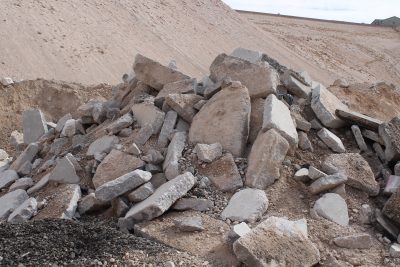
Dec. 10, 2019, Winnipeg – Winnipeg’s 2020 Infrastructure Plan places too low a value on economic growth in prioritizing projects for investment, MHCA President Chris Lorenc told the Executive Policy Committee.
The plan, prepared by the city administration, ranked 45 capital projects on a cost-benefit points system, with each category of criteria given weighting to help prioritize the projects. Greater weighting (31 per cent) is given to projects that help in the delivery of critical services (31 per cent), with other criteria, such as the ability to reduce environmental impact, and enabling growth and economic impact, are allotted a weighting of seven per cent.
“The document defines ‘growth’ too narrowly, relating only to development, rather than highlighting overall economic growth,” Lorenc said. “Further, the criteria category of ‘economic impact’ speaks to job creation and business development, with no recognition of the broader impact of capital investment in trade-enabling infrastructure.”
Lorenc also said those criteria should have greater weighting, recognizing that revenues generated by economic growth support all the critical services residents rely upon.
The plan lists 45 projects, for a combined investment cost of $5.8 billion. Topping the list are upgrades to the North End Waste water pollution control plant, insect control buildings and yards replacement, water meter renewals, the replacing bus radios and management of leachate at the Brady Road facility. The highest core infrastructure project ranked is installing water and sewer services in the airport area, at 10th spot.
A number of EPC members said they would have given heavier weighting to economic development, and some felt seven per cent weighting for environmental sustainability was too low.
Mayor Brian Bowman stressed the document is to assist in budget planning, but ultimately council decides the capital projects and expenditures in any given year.
Lorenc welcomed the production of the plan as a good step in the infrastructure investment process, one that other levels of government could copy in concept.
EPC approved the 2020 Infrastructure Plan’s incorporation as Appendix A in the annual investment planning cycle and multi-year budget process and authorized the administration to implement the intent of the document.
“It’s clear this plan is not just for Council’s information,” Lorenc said. “It is intended as a blueprint that will be used to prioritize capital projects and it will be incorporated into the City’s investment planning cycle and multiyear budget process.”
Print this page
